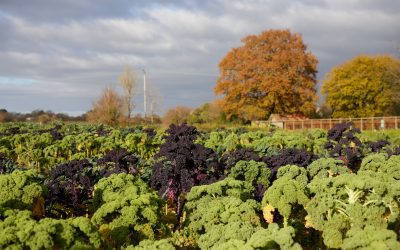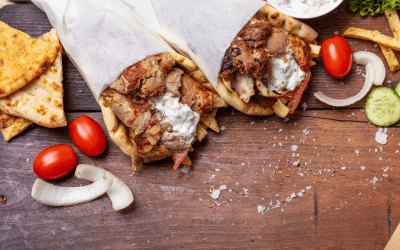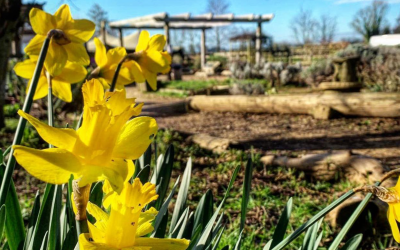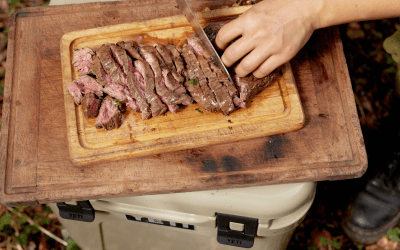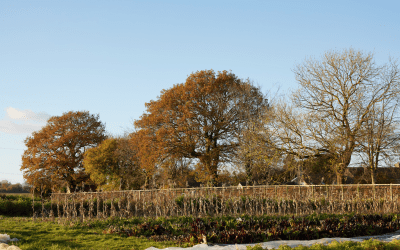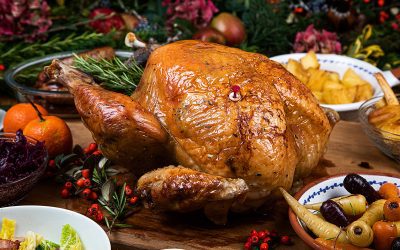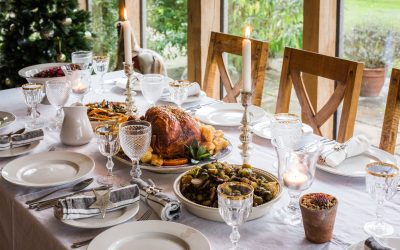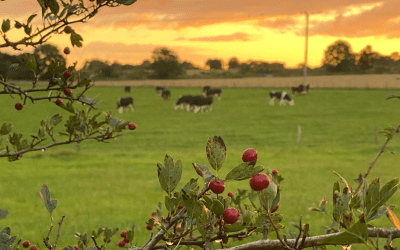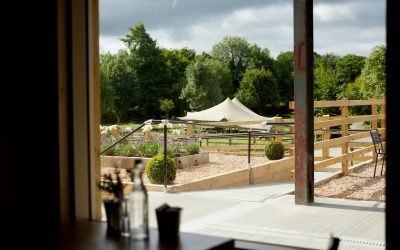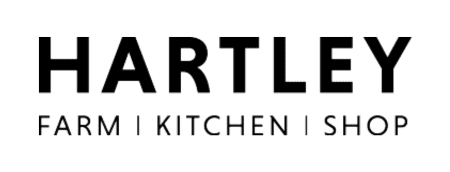Our Farm
Our farm is a 125 acre, family-run farm in the village of Winsley on the Wiltshire-Somerset border. The land has been farmed by our family for over five generations. Our farm produces organic vegetables and salads and is home to a native-breed suckler beef herd producing grass-fed beef for our farm shop.
The production of the farm has changed through the generations like the many other farms across Britain but our focus now is on pursuing regenerative methods. Regenerative farming by definition is “a system of principles and practices that generates agricultural products, sequesters carbon, and enhances biodiversity at the farm scale.” In essence, this was the traditional way of farming before the dawn of science and technology, guided by the natural world and the seasons and forged over thousands of years. Regenerative agriculture inspires our approach to farming and food production and is our guiding principle and direction of travel.
Find out more about our farming principles below.
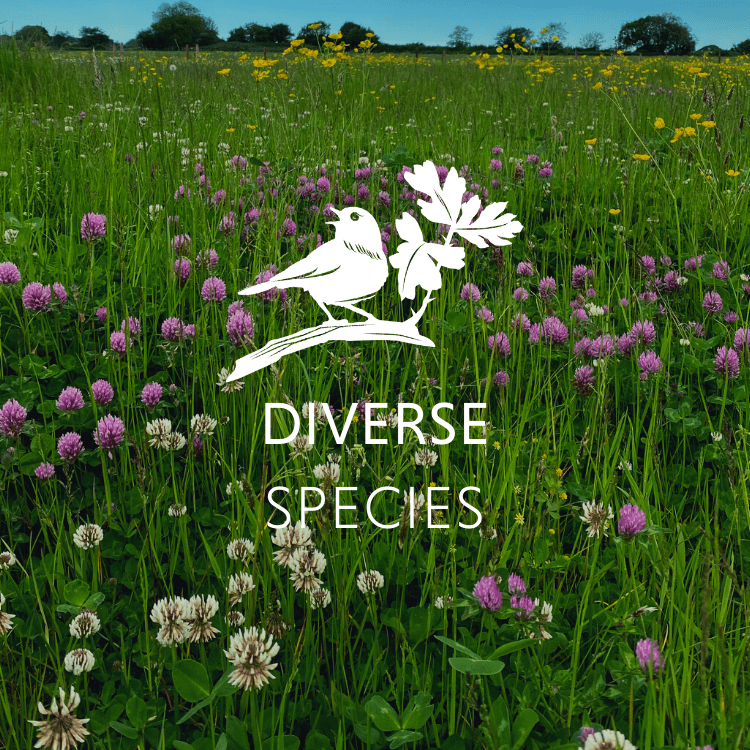
We favour diversity over monoculture on our farm. In our fields we have a diverse mix of grasses, wild herbs and legumes for our animals to graze. Along with the bountiful hedgerows around our fields, a varied and balanced diet is provided, leading to happier, healthier animals.
The different species also grow, flower and seed at different times of the year which is very much appreciated by our own bees and other wild insects, mammals, and birds. Each plant also sends down roots of varying sizes and depths allowing our soils to be penetrated allowing nutrients from manure, rainwater, and air to enter and be retained to support life the vast range of life below the soil.
Over the last few years, we have reseeded over 100 acres of pasture to introduce new species of grasses, wild herbs, and legumes to reinvigorate our pastures. We also manage the cutting of our pastures by ensuring we have a good amount of flowering species at different times of the year to help provide for the local ecosystem. Along with this, we have planted hundreds of metres of native-species trees to form new hedgerows and vital habitats for insects, birds, and small mammals throughout the year.
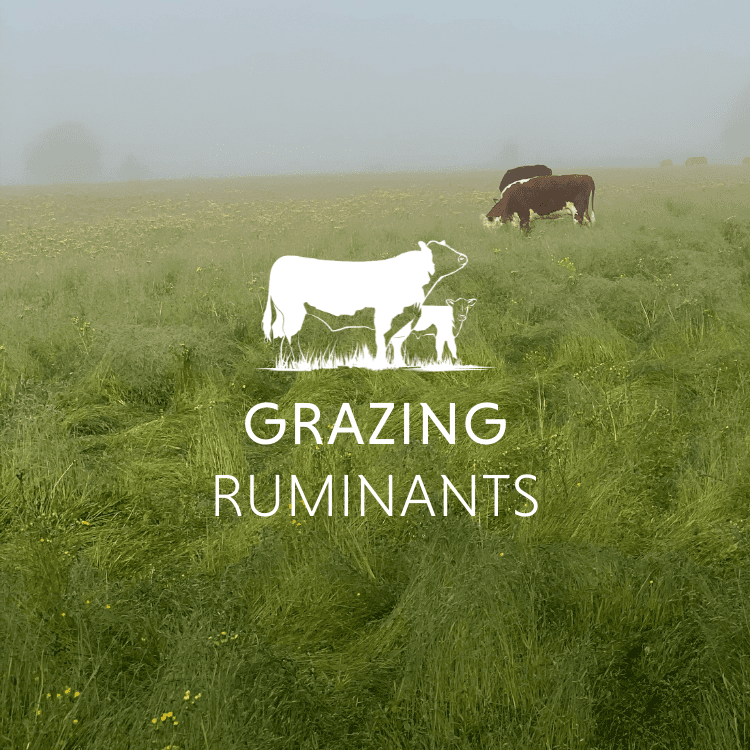
On our farm, we have carved up many of our larger fields back into smaller paddocks through planting hedgerows and thus allowing our herd to graze smaller areas, less often. As the cows move around our pastures, they leave their dung and urine behind which is packed full of nutrients to help to fertilise and condition the soil. This attracts insects and worms that help to break down what’s left behind and draw it down into the soil allowing it to be released as food for all forms of life within the soil. As the grass is left to recover it sends down deeper roots and sequesters carbon from the atmosphere into the soil through photosynthesis. The effect of grazing animals turbocharges the regrowth and health of the plant through what it leaves behind and the cycle continues.
Our Hereford and Angus cows are native-breeds and so are suited to spend much of the year outdoors grazing our fields. During the colder winter months, they are fed silage and hay from our own farm. This is a truly natural diet for ruminants like cows living wholly from their surroundings. They are not reliant on imported grains and crops diverted from our own food chains and so reducing their demands on the environment even more so. We are particularly proud of our grass-fed beef from our farm and is available from our butchers throughout much of the year.
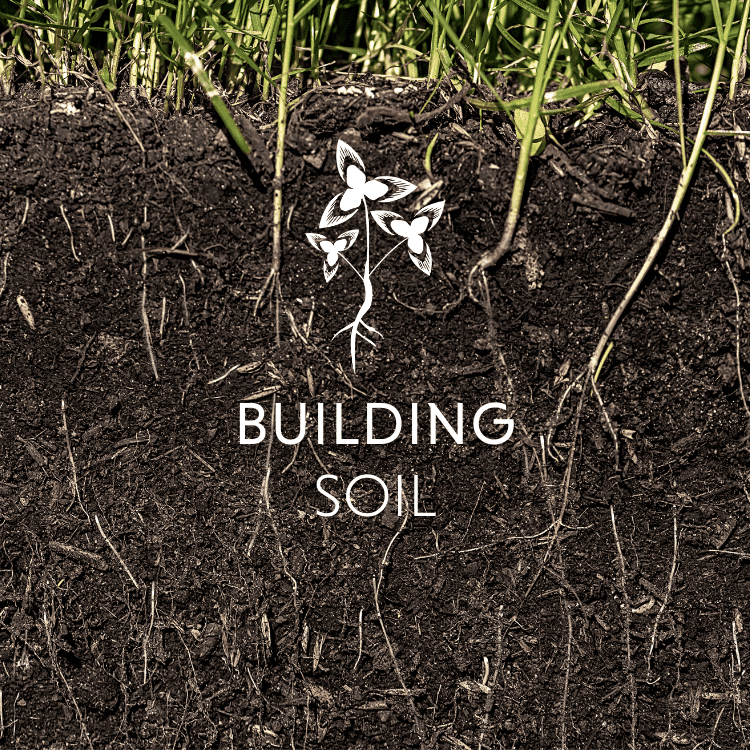
Deteriorating soil health is one of the main crises we face today. Apart from the ability to grow our food, soil traps carbon from the atmosphere, a vital process in climate change, but it is also home to life that is crucial to our existence and that we are only just learning about!
Keeping the soil healthy is the foundation to how we produce food in a regenerative way. In essence, regenerative farming aims to keep living roots in the soil, keep soil disturbance to a minimum and ensure that soil is covered. All these factors help the soil to build structure, maintain life within and protect it from extreme weather.
On our farm, our fields are permanent pasture. This means there is no tillage of the soil and the grass is left alone keeping the soil is kept protected all year-round. The long-established roots of the plants growing allow the soil to ‘stay alive’ providing a favourable climate for the bacteria and funghi that feed the micro and macro organisms that are so dependant on soil being healthy.
We believe that if we look after our soil, the soil will look after us.
Read the latest from our Farm Journal
Seasonal eating; better for you, better for your world
Hi there! For those who don’t know me my name is Jess, and I am a qualified Nutritional Therapist based in the beautiful town of Bradford-On-...
Easter Feasting – Crispy Lamb Gyros
The daffs are in full bloom and the glow from the occasionally shy sun is signalling the growing of the days. It feels like we are awakening from t...
From Our Pastures to Your Heart: A Valentine’s Day Ode to Healthier Choices
A love letter from our cows to your heart this Valentine’s Day. Welcome to our February journal! This month’s article has been kindly wri...
Savour the Season’s Warmth with some cozy cooking
Happy New Year, to all our wonderful customers! As we step into a brand-new year, it’s a time filled with endless possibilities and opportuni...
Preparing for the Festive Season
As we venture into November, there’s a buzz of excitement in the air at Hartley Farm as we gear up for the festive season. Christmas orders a...
Christmas Orders 2023 – How-to Guide and FAQs
There’s no denying it, the most wonderful time of year is almost here! So, we thought we’d put together a little post with all the good-to-...
Autumn Arrives
As the calendar turns to September, there’s a collective sigh of relief echoing through the air – we’ve once again navigated the ebbs...
Happy Birthday To Us!
This month see us celebrate our 15th birthday! On a sunny Wednesday the 20th of August 2008, Hartley Farm opened the doors to the farm shop. A few ...
